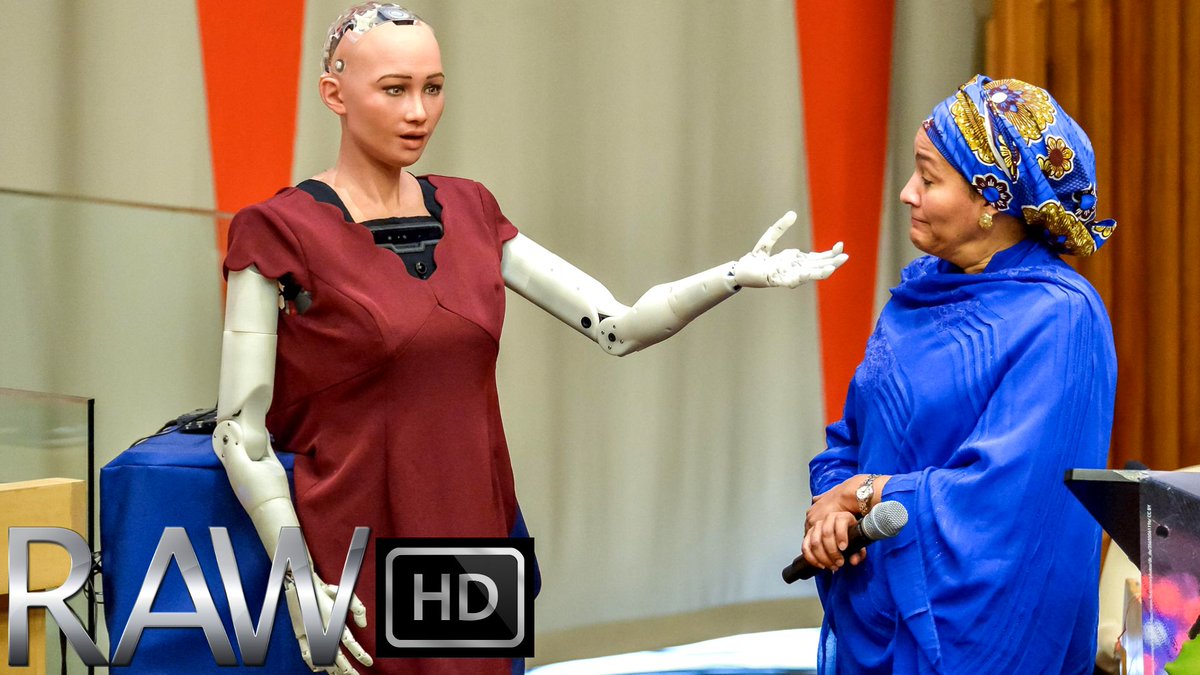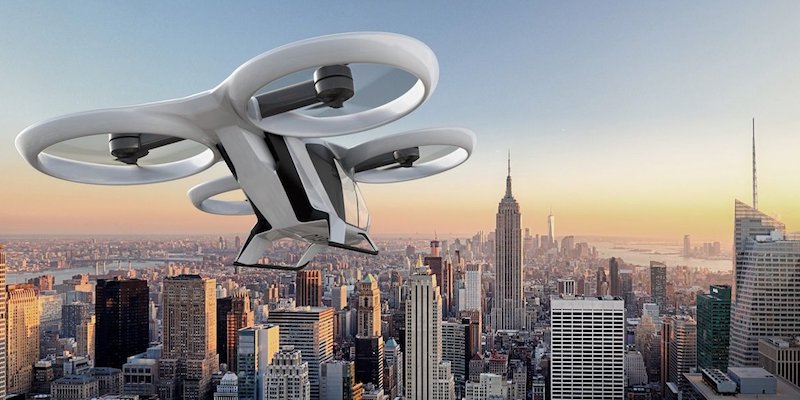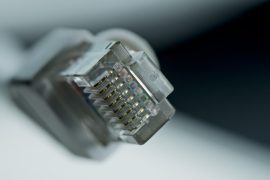2017 gave us Sophia the robot, the first mainstream example of how AI technology could be rolled out to help our lives. It gave us the rise in machine learning, including one that could learn to beat human players at chess and AI that could learn how to perform physical tasks such as running or opening doors. And 2017 gave us a world of convenience, increasing the revenue for brands such as AirBnB, Uber, JustEat etc. that give us what we need at the push of a button. But with greater money being sunk into tech projects, what can we expect to see in 2018?

The Internet of Things and Data
The Internet of Things (IOT) and its ability to feed into developments for smart homes will play a key role in technology in 2018. The IOT focuses on uniform user experiences, tailoring each piece of equipment to remember and recall the same user specifics. It has already played a role in distributed ledger technology. While retail, healthcare and industry are all attempting to focus their brands using IOT to create deeply personalised journeys. IOT spending is set to top $6 billion by 2021. The Amazon Echo and Alexa and Google Home are already showing how IoT can be used by mainstream consumers, while the Phillips Hue allows full light control from within the house. While the IoT predominantly focuses on turning your home into a spaceship, the use will become more streamlined when the technology becomes more widespread. There are detractors critiquing the security factor involved in such a cloud-sharing basis of living life. There are also issues surrounding the storage and use of so much data.
Live Streaming Technology
Live streaming technology has seen a significant rise in recent years. Indeed, live streaming technology can also comprise the IoT in terms of building a smart home, with the technology available to show a home while you’re out, such as with the Electriq camera. Twitch TV allows gaming to both become a sport that is played to an audience and one that can be connected with through watching, while eSport tournaments have begun based on live-streamed games, such as those endorsed by ESPN. Live streaming is also prevalent in online gaming, such as at Betway Casino, which allows users to play live table games like live dealer blackjack and roulette. Moreover, livestreaming technology can be seen across social media with Facebook Live offering exclusive glimpses into events such as the Oscars and BAFTAs. By offering a way for social media users to harness the new technology as part of their platform experience, Facebook will ensure they are a preferred social media provider. Not one to be outdone, Twitter also offers live streaming services, as well as their partner service of live video through Periscope.

Futuristic Vehicles
When people thought of the future, they thought of Jetson-style flying cars, something that still hasn’t gained much traction. Elon Musk of Tesla may have sent a car into space in early 2018, but developments in automobiles remain solely around making them more environmentally friendly. Zero-emission vehicles are being developed to match worldwide green tech pressure. In 2017, fossil fuel-created CO2 emissions fell 2.6%. With added pressure and tax breaks for those who comply, greener cars are already in production. Moreover, Uber are developing flying taxis, set to launch in test city LA in 2020. The Hyperloop, which involves passengers hurtling through vacuum pods at hundreds of miles per hour, is also up for discussion. Virgin’s Hyperloop raised $50 million from foreign investors in order to become the future of travel. With both Tesla and Virgin fighting over becoming the pioneers in Hyperloop tech, expect to see the technology rollout sooner with such healthy competition.
Conversational AI Platforms
Sophia the robot has already blown all ideas about what AI can be out of the water but what about a Sophia in every home? AI is looking to move towards conversational platforms, which allows AI to respond to sensical answers to queries and questions. Think Siri technology en-masse with a ‘robot’. With a projected $3.7 billion to be spent on new technology in 2018, AI is set to absorb a great deal of this as the signal of the future for many. Some suggest that AI can be used across the board in law enforcement, education, and medicine, replacing simple jobs that humans currently do, while current business reports show that 55% of firms haven’t achieved any tangible business outcomes from AI. The first steps look to be the increase in chatbots, which are being used to assist in online searches and on websites to free up customer service time. There may be some bridging the gap between chatbots and a Sophia for every business, but the scope is most definitely there.
Actual Robots
No, we’re not joking, companion robots are actually going to come to fruition in 2018. BMW already use co-bots (robot co-workers) at their factories to work alongside the human staff, and plans are in place to develop robotic companions, utilising the culmination of AI tech so far. Somnox have developed a companion robot to aid with sleep issues. The robot is designed as a pillow to hold while you sleep in order to track your sleep, aid in waking, provide lullabies and affection that may help in better sleep health. While offering such a simple list of tasks, the technology is there to make the population feel comfortable with the direction AI may be going, before more intelligent robots are rolled out across the board.
2018 looks set to see technology take another leap, based on what we achieved in 2017. The most important factor is that with each trend, there is no clear frontrunner for using the tech, which means companies and brands are vying to be the household name in each area. This healthy competition will help expedite the development of each technology, pushing the market to achieve things faster.





